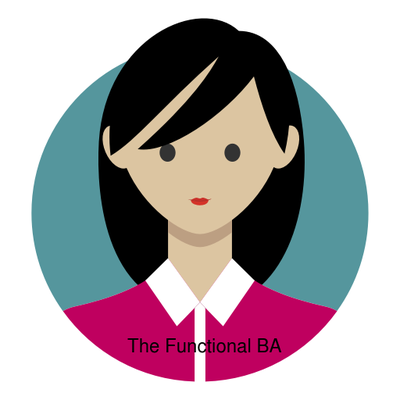A Solution Architect is a senior technical role responsible for designing and overseeing the implementation of complex software systems and solutions to meet specific business needs.
They act as a bridge between business problems and technology solutions.
Key Responsibilities:
- Understanding business needs: Collaborate with stakeholders to gather requirements.
- Designing solutions: Create architectural designs that align with both technical and business goals.
- Choosing technologies: Select appropriate platforms, frameworks, and tools.
- Ensuring integration: Make sure the solution works well with existing systems.
- Overseeing development: Guide developers and ensure the architecture is properly implemented.
- Managing risk: Identify and mitigate technical risks early in the project.
Skills and Knowledge:
- Deep understanding of software architecture principles.
- Strong grasp of cloud platforms (like Azure, AWS, or GCP).
- Knowledge of integration strategies (APIs, data flows, middleware).
- Familiarity with enterprise systems (CRM, ERP, etc.).
- Leadership and communication skills
In the context of a Power Platform and Dynamics 365 project, a Solution Architect would design how those technologies fit together with Office 365, Azure, and other enterprise systems to meet your organization’s needs.
What is the difference between a solution architect and a solution developer?
The Solution Architect and the Solution Developer work closely together but focus on different levels of the solution-building process.
Key Differences:
| Aspect | Solution Architect | Solution Developer |
| Primary Focus | Design and planning of the solution | Implementation and coding of the solution |
| Scope | Big picture – system architecture, integrations, alignment with business goals | Specific components and features of the solution |
| Responsibilities | – Define solution architecture – Select technologies – Ensure alignment with enterprise standards – Oversee technical risks | – Write code and scripts – Build apps, flows, and integrations – Follow the architecture defined |
| Tools Used | Architecture diagrams, modeling tools, planning documents | Development environments (e.g. Visual Studio, Power Apps Studio, VS Code) |
| Stakeholder Interaction | Works with executives, project managers, business analysts | Works with architects, testers, and fellow developers |
| Decision-Making | Makes high-level design and tech decisions | Makes implementation-level decisions |
| Examples | – Designing a Power Platform solution architecture – Planning how Dynamics 365 integrates with Azure AD and external APIs | – Developing Power Automate flows – Customizing a Dynamics 365 entity form |
In the context of a Power Platform and Microsoft Dynamics 365 project:
- The Solution Architect might design how Power Pages, Dataverse, and Dynamics 365 interact across the platform.
- The Solution Developer builds the actual Power Pages, writes custom code (JavaScript, plugins), and creates Power Automate flows based on that design.
They complement each other — architects make the blueprint, developers build the house.

